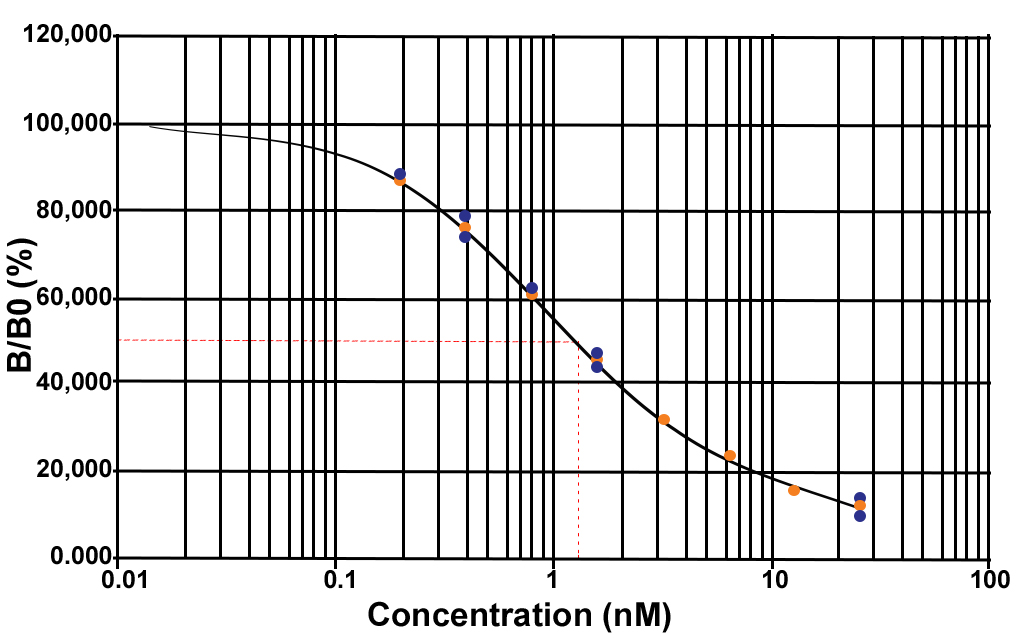Territorial Availability: Available worldwide directly through Bertin or your local distributor
Technical Warning: Check the Additional Items Required section of this kit booklet to verify if UltraPure Water (Milli-Q or equivalent) is needed for this assay
- Synonyms
- Ac-SDKP
- Acetyl-SDKP
- N-acetyl-seryl-aspartyl-lysyl-proline
- Acetyl-Ser-Asp-Lys-Pro
- seraspenide
- goralatide
- 589451
- Correlated keywords
- Hematopoiesis
- S-phase
- Angiogenesis
- thymosin β4
- Tβ4
- fibrosis
- serine
- aspartamine
- lysine
- measures
- kit
- EIA
- enzyme
- immunoassays
- ELISA
- growth
- regulatory
- hormones
- plasma
- urine
- spi-bio
- spibio
- A05881
- SDKP
- Angiotensin
- Prolyl Aminopeptidase
- POP
- End Stage Renal Disease
- ESRD
- Chronic Kidney Disease
- ACE
- Product Overview:
Enzyme ImmunoAssay (EIA) is a technique to detect and quantify antigens (proteins, hormones…) or antibodies in samples. It relies on the ability of an antibody to bind a specific antigen. Either the antibody or the antigen is labelled with an enzyme whose substrate is a chromogen or a fluorogen converted in a measurable product (color or fluorescence).|Enzyme-linked Immunosorbent Assay (ELISA) is a type of EIA using a solid phase (ex: microtiter plate) coated with an antigen immobilizing the molecule to detect. Over the time, scientists have extended the term ELISA to EIAs using an antibody coating the solid phase. That explains why our EIA kits using coated antibodies are also called ELISA kits.|AcSDKP is a new reliability marker of chronic ACE inhibition. The tetrapeptide N-acetyl-seryl-aspartyl-lysyl-proline (AcSDKP) is an endogenous regulatory factor of hematopoiesis which reverses stem cells and normal early progenitors into S-phase. Angiotensin I-Converting Enzyme (ACE) has two homologous active NH2- and COOH-terminal domains and displays activity toward a broad range of substrates. The AcSDKP has been shown to be hydrolyzed by ACE and to be a preferential substrate for its NH2-terminal active site. In healthy subjects, the acute administration of the ACE inhibitor captopril increases the AcSDKP plasma levels. Several studies aimed to measure plasma or urine AcSDKP levels during treatment with various ACE inhibitors and to confirm its relevance as a marker of ACE inhibition.

